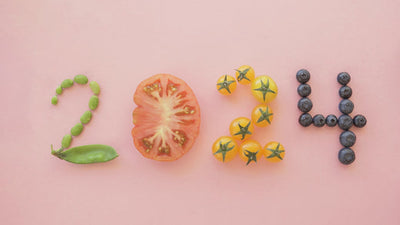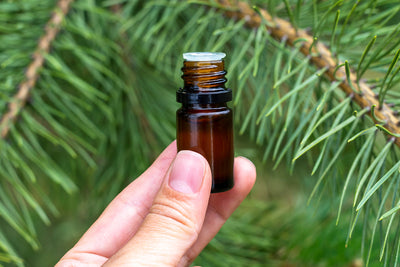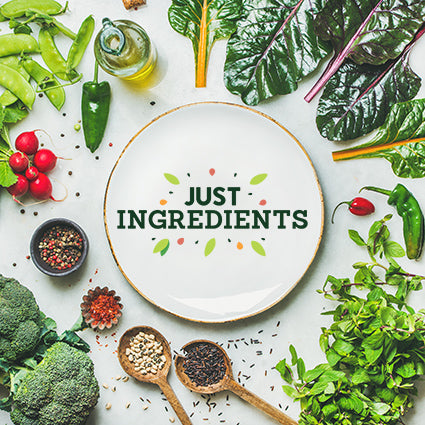From Farm-to-Fork: Making Mighty Mustard Seeds 💛
Mustard seeds may be tiny, but their journey from farm to table is a fascinating one, packed with agricultural know-how, a dash of history, and a sprinkle of fun facts.
Whether you’re a foodie, a home gardener, or just someone who loves a good story, let’s dive into the world of mustard seed farming! 
1. Choosing the Right Mustard Seed ✔️
There are three main types of mustard seeds: white (or yellow), brown, and black.
- White mustard seeds are the mildest and most commonly used in making the classic yellow mustard.
- Brown mustard seeds pack a bit more heat and are often used in Dijon mustard.
- Black mustard seeds are the spiciest and have been traditionally used in Indian and Middle Eastern cooking.
For farmers, the choice of seed depends on the climate, soil, and the market demand. White mustard, for example, is more commonly grown in cooler climates, while brown and black mustard thrive in warmer regions.
2. Preparing the Soil 🚜
Mustard seeds aren’t too picky, but they do have their preferences. They thrive in well-drained, loamy soil with a pH between 6.0 and 7.5. Farmers often prepare the field by plowing and harrowing to create a fine, crumbly texture that mustard seeds love. It’s like giving them a comfy bed to grow in!
One interesting fact: mustard is often grown in rotation with other crops, like wheat, to improve soil health. Mustard plants can help suppress weeds and break up disease cycles, making them a farmer’s friend in sustainable agriculture.
3. Sowing the Seeds 🌱
Now comes the fun part—planting! Mustard seeds are tiny, so they don’t need to be planted too deep. Farmers typically sow them about 1-2 centimetres below the surface. The timing is crucial; in temperate climates, mustard is usually planted in early spring, while in warmer regions, it’s planted just before the rainy season.
Farmers can use traditional methods, like broadcasting (scattering seeds by hand), or more modern techniques like seed drills that ensure even distribution. Either way, it’s a game of patience from here on out!
4. Nurturing the Crop 🌞
As the mustard seeds sprout into tender plants, they require care to reach their full potential. Regular irrigation is essential, especially in the early stages, but once the plants are established, they’re surprisingly drought-resistant.
Weed control is another crucial task. Farmers often use mechanical weeding or mulching to keep unwanted plants at bay, ensuring that the mustard has all the space and nutrients it needs to grow strong.
Did you know? Mustard plants can grow up to six feet tall! Their bright yellow flowers not only look beautiful but also attract beneficial insects, like bees, which help in pollination.
5. Harvest Time 👩🌾
After about 90-120 days, the mustard plants are ready for harvest. The key is to wait until the seed pods have matured but haven’t burst open—otherwise, you might lose those precious seeds! Farmers typically cut the plants early in the morning when they’re slightly damp from dew, which helps reduce seed loss. 
The plants are then left to dry in the field for a few days before the seeds are separated from the pods through a process called threshing. Traditionally, this involved beating the plants with sticks, but today, machines do most of the heavy lifting.
6. Cleaning and Storing the Seeds ✨
Once harvested, the mustard seeds need to be cleaned to remove any remaining plant material. This is often done using sieves and air blowers. Clean, dry mustard seeds can be stored for years without losing their flavor, making them a valuable crop for farmers.
Storage is key! Mustard seeds are usually kept in cool, dry conditions to prevent spoilage. Some farmers even add a bit of diatomaceous earth—a natural, non-toxic substance—to keep pests at bay without using chemical pesticides.
7. The Environmental Impact 🌎
Mustard farming isn’t just about producing tasty condiments; it also plays a role in sustainable agriculture. Mustard plants are often used as a cover crop, meaning they’re grown not just for their seeds but to improve soil health, prevent erosion, and manage pests naturally.
Plus, their deep roots help break up compacted soil, making it easier for future crops to grow.
The next time you slather mustard on a sandwich or mix it into a marinade, you’ll know just how much work and care went into those tiny seeds. Mustard farming is a blend of tradition, science, and a bit of art—a testament to the power of tiny things making a big impact on our plates and in our lives. So, here’s to the mighty mustard seed—small but mighty, and always full of flavour!




